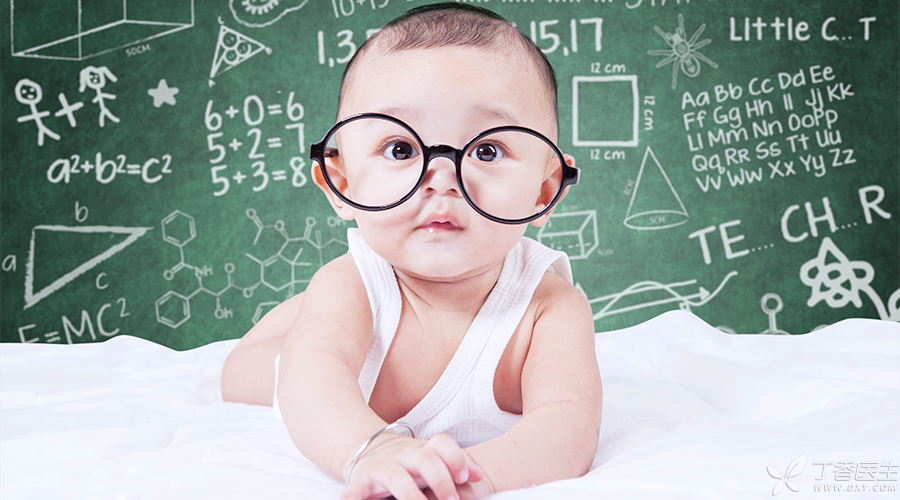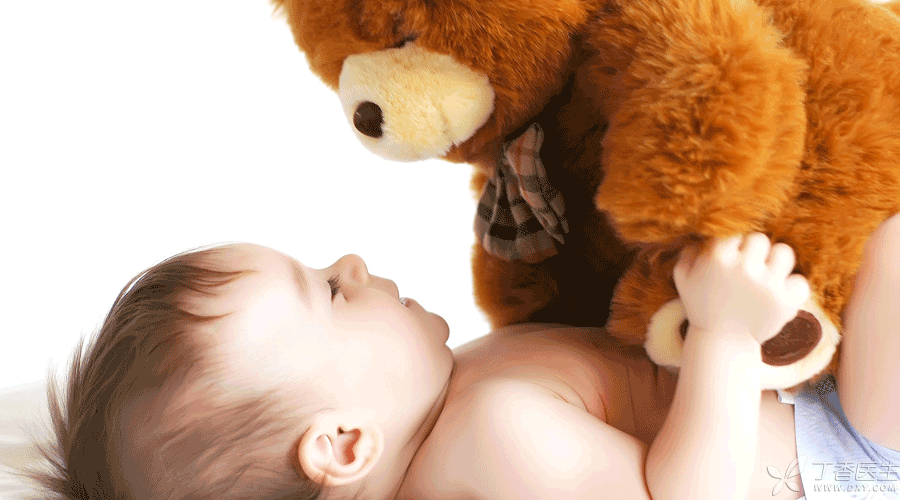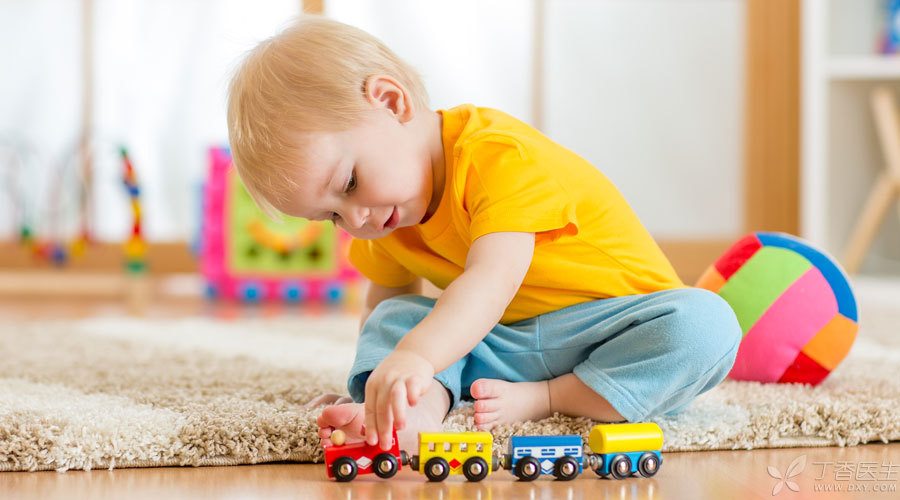
Mom and Dad, do you know how the baby became smarter and smarter in the first two years from ignorance to quaint?
According to the theory of Swiss child development psychologist Piaget, the stage from birth to the age of 2 is called the “perceptual motor stage” of intellectual development.
At the beginning of this stage, the baby only knows sucking and crying, but by the end of this stage and about to enter the next stage of development, the baby will already carry out organized and planned complex activities.
During the baby’s first two years of growth, did he experience what?
0 ~ 1 month, focus on practicing reflex for 1 month
When we are just born, our baby will use some innate unconditioned reflex movements to adapt to the environment.
Unconditioned reflex means that these movements are determined by heredity and do not require acquired learning. Every baby is born with them.
These movements mainly include sucking, swallowing, holding, hugging, crying and audio-visual. Although babies are born with these movements, babies will practice these movements repeatedly every day to make them develop more and more harmoniously.
Advice to Baoma Baopa:
Although the baby is born with these movements, they still need to be practiced continuously. Only when these movements are practiced skillfully can the baby smoothly enter the next stage of development.
Therefore, Baoma Baopa should provide the baby with the opportunity to practice these movements.
For example, For breastfed babies, If bottle feeding is given at the same time, the baby will refuse breast feeding or be agitated when sucking breast milk because sucking the rubber nipple is more labor-saving. Therefore, please try to wait until about four weeks later before using the nipple for the baby. In order to give the baby the opportunity to fully practice sucking breast milk, until he is skilled.
1 ~ 4 months old, the baby can play [combination boxing]
At this stage, in order to adapt to the environment, witty babies begin to try to connect these simple movements and form some new [combination] movement habits. For example, sucking fingers + holding and releasing hands continuously, looking for sound sources + following moving objects or people with eyes, etc., will play [combination boxing].
Advice to Baoma Baopa:
At this stage, parents will observe that the baby often sucks his fingers. At this time, the child should enjoy the pleasure of sucking instead of forcibly stopping it.
Want to know what good it is for the baby to suck his finger? Click here to learn more.
In addition, parents can also help their babies exercise new movements through the following ways:
Baoma Baopa can use some small toys to let the baby practice grasping and releasing. Use small bells with clear and crisp sounds to exercise the baby’s movement of finding sound sources. Holding brightly colored dolls, they slowly dangled in front of the baby to help the baby practice following the movement of moving objects with their eyes.

In 4 ~ 8 months, the baby will act purposefully.
Starting from four months, The baby’s vision and grasping movements gradually coordinate, After that, babies will often touch and fiddle with the surrounding objects with their hands. Babies begin to pay more attention to what kind of results their actions on the objects will bring to the objects. Instead of simply curious about the physical feelings brought by the movements themselves. Gradually, babies begin to distinguish the movements (means) from the results (purposes) of the movements, and gradually learn to use a certain movement in order to achieve a certain purpose.
For example, when a brightly colored bell makes a sound, it will cause the baby’s eyes to look for and track it. After this activity is repeated several times, the baby will actively grab the bell with his hand or kick it with his foot. Obviously, the baby has changed from shaking the toy accidentally and aimlessly to shaking the toy purposefully and repeatedly.
Advice to Baoma Baopa:
In order to help the baby practice, Baoma Baopa can prepare some brightly colored toys for the baby to explore.
After 8 ~ 12 months, the baby can organize actions according to the purpose.
During this period, the baby has been able to perform a series of actions completely according to the purpose he wants to achieve.
For example, the baby wants to hold the bear on the pillow in the distance, but he can’t reach it, so he will hold your hand and move your hand in the direction of the toy he can’t reach. Among them, the baby’s own attempt to hold the bear is the [purpose], and in order to achieve this goal, the witty baby uses the means of [holding your hand and moving your hand].
With the increase of such movements, babies will be more flexible in using the coordination between various movements, and will use various movements such as grasping, pushing, knocking and beating to understand new things and adapt to the new environment.
Advice to Baoma Baopa:
During this period, the baby may produce some actions that seem [destructive] to us, such as smashing toy cars and throwing dolls. In fact, this is the baby exploring these new things. Don’t think the baby is deliberately sabotaging, let alone accusing him casually.

12 to 18 months, I was a little experimenter.
When the baby reaches this age, you will find that they will find new methods to achieve their goals in an experimental way.
Like scientists, In some accidental opportunities, babies will find that some new movements will lead to new results. Curious, they will not simply repeat the previous movements, but try to use the new movements to achieve their goals. Sometimes they will also try to slightly change the previous simple movements and purposefully solve new problems through [adjustment methods].
For example, when the baby wants to take the bear on the pillow in the distance, He still can’t reach. But this time he wanted to ask for help from his parents, he found that they were not around, and he could only continue to grasp them with his hands. Accidentally, he caught the pillow under the bear, pulled the pillow process to drive the toy, and got the bear. After the baby saw the toy on the pillow again, he would skillfully pull the pillow before taking the toy.
Advice to Baoma Baopa:
Give your baby more opportunities and let your baby explore. Just like the above example, we can specially arrange some such scenes for your baby so that your baby can try to solve the problem in new ways.
Note: This does not mean that we can leave the baby alone and ignore it. We can hide quietly and observe the baby’s every move.
In 18 to 24 months, I will solve the problem through thinking.
In the last stage of the perceptual movement stage, our baby finally began to learn to use thinking to solve problems.
For example, after a mother put the chain her baby played with into the matchbox, This process was observed: There was a small opening in the box, The chain could be seen but could not be taken out by hand. The baby turned the box over and over, or put his finger into the gap to get it. When the baby found that his finger could not reach in, he stopped his action, his eyes looked at the box, his mouth opened and closed one by one, and after several such actions, he suddenly pulled the box open with his hand and took out the chain.
In the process, The opening and closing of the child’s mouth shows that he imitates the matchbox being opened in his mind through imagination. Only he reproduced these images in his mind, And the ability to think with these images is not perfect, This kind of process cannot be completed completely in the mind, It can only be expressed by external actions. The action of opening the matchbox was [conceived] rather than [tried out] by the child. Of course, the child must have seen his parents have similar actions before, but now he can solve the immediate problems through thinking and imitation, marking a new stage in the development of children’s intelligence.
Advice to Baoma Baopa:
Obviously, babies at this stage of development, Their intelligence has been greatly improved. They even learn to solve problems by observing us and imitating our movements. In addition to deliberately creating some scenes for the baby to practice, we can also start to teach the baby some complicated movements through [words and deeds], such as wearing clothes, shoes, folding small quilts, etc.
Finally, it is necessary to remind Baoma Baopa that these stages are only a general division. Taking these stages as a reference can make the development of the baby clearer, but the development of each baby is different, so it is absolutely not allowed to follow the script.
